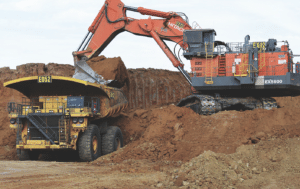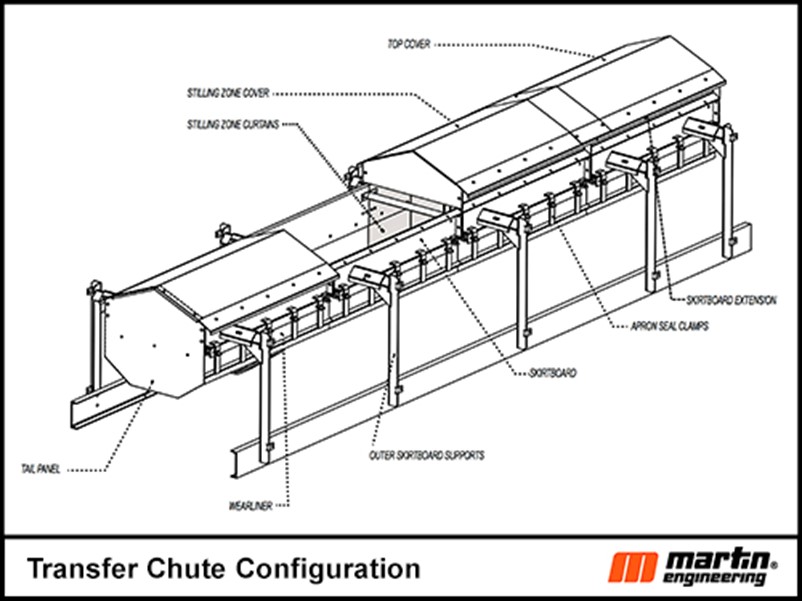When HSE wanted to upgrade its 2500hp Cummins QSK60 engines, Cummins’ Advantage solution was the obvious choice.
In 2017, mining contractor HSE began what would eventually become a successful upgrade of its 2500-horsepower (hp) Cummins QSK60 engines.
The aim was simple: HSE wanted to reduce its carbon footprint at the South Walker Creek coal mine in Queensland’s Bowen Basin.
When carrying out a cost–benefit analysis of upgrade packages, HSE realised that Cummins’ Advantage solution would be its best bet due to its myriad benefits. Longer engine life and improved fuel efficiency were just some of the features that shone through.
The proposal was to upgrade HSE’s Tier 1 QSK60 engines to the then-newly-engineered Advantage solution in its Komatsu 830E haul trucks.

Image: Cummins
A total of six units were upgraded initially, followed by a further five – all supplied by the Cummins Master Rebuild Centre in Brisbane.
But what exactly is the Advantage solution?
Cummins engineers in Australia and the US were proactive in developing a solution for the early-generation QSK60, allowing it to be upgraded to the latest diesel technology at overhaul time with no major change to the base 60L V16 design.
The key technology upgrade is to the fuel injection, with the early high-pressure unit injection system, or HPI, replaced with the high-pressure modular common rail system, or MCRS, that now features on all of Cummins’ latest generation high-horsepower engines.
Longer life, slashed emissions
Longer engine life and reduced fuel consumption are key benefits that come with the upgrade to MCRS.
These benefits have been underlined at South Walker Creek mine, which is producing around 6.5 million tonnes per annum of run-of-mine coal from its open-cut operations.
Diesel particulate emissions are slashed by more than 60 per cent through in-cylinder combustion technology with no after-treatment. This is also a plus for maintenance, with less soot loading in the oil.
“By upgrading to the more technically efficient Advantage engine, we’ve significantly reduced our carbon footprint and diesel particulate emissions, and achieved major cost gains by burning less fuel and gaining longer engine life,” HSE maintenance superintendent Aaron Poli said.
It was established early on that fuel consumption was reduced by three per cent across the first six Komatsu 830E trucks using the Advantage engines.
This translated to a major drop in greenhouse gas emissions, with carbon dioxide reduced by more than 5.1 tonnes for six trucks, each operating 6000 hours per year.
Life-to-overhaul has also seen a significant increase.
The Tier 1 QSK60 engines were originally changed out at 22,000 hours, which was then extended to 26,000 hours based on fuel burn. The Advantage engines have increased life to 32,000 hours, with a recent unit taken out to 36,000 hours with no issues.
The longer life has eliminated one engine change-out in the 80,000-hour life of the truck chassis.
The Advantage engines also have minimal mid-life component change-out, with the longevity of the MCRS injectors of particular note in achieving full engine life.
Top-level maintenance
Poli, who has been a maintenance superintendent at South Walker Creek mine for six years, rates Cummins’ support highly.
“If we do have a drama, it’s all hands-on-deck from the Cummins team in Mackay, from the fitter on the floor, up through to Wade Ford (product support representative) to Glen Jones (branch manager),” he said.
“It’s not often I’ve seen a branch manager get involved as much as I have seen Glen Jones involved, which is a positive.”
Cummins has two site-based technicians at South Walker, Anthony Civello and Jeff Martin, who are acknowledged as being pivotal to the success of the Cummins product at the mine.
All MCRS engines returned to the Master Rebuild Centre have so far had no core damage or additional core charges, underlining the top-level maintenance practices at the mine.
This feature appeared in the September 2024 issue of Australian Mining.




